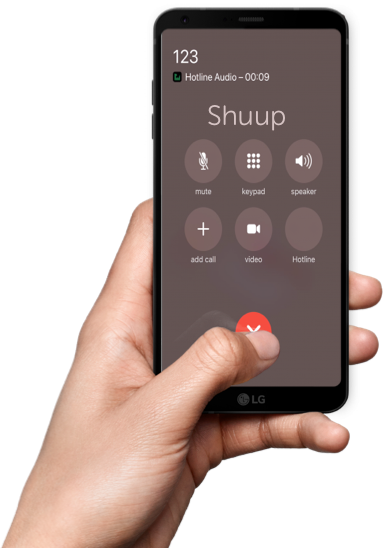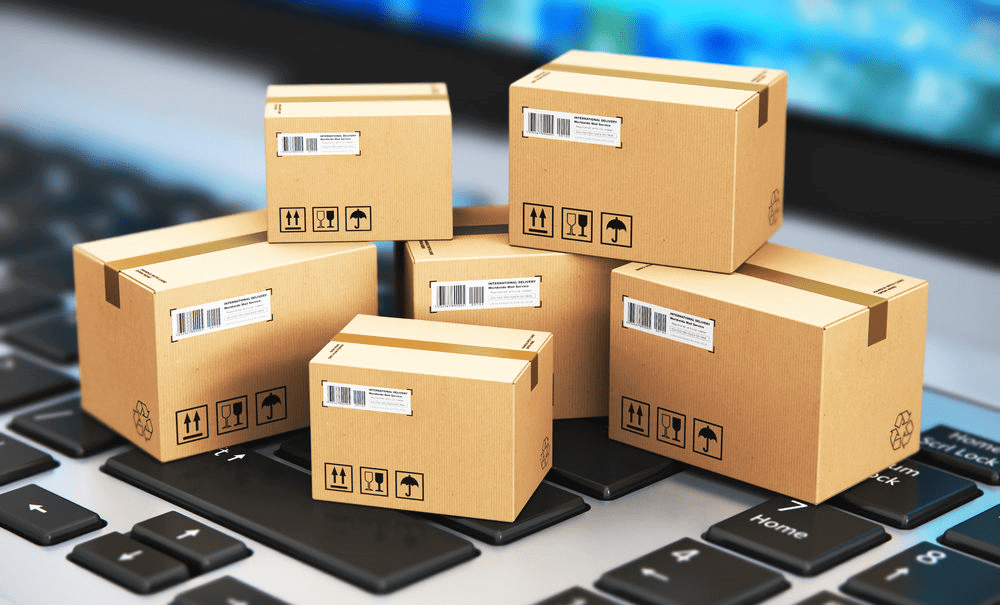The transition to online trade shows brings benefits to vendors and operators.
With the almost complete cancellation of in-person events, businesses that relied on physical trade shows will be trying to adjust to the changes and the impact of the COVID-19 pandemic.
Can online trade shows replicate physical shows and do they offer all the same possibilities? In this article, we’re going to answer that question with a resounding “yes” and show you how digital shows present unique opportunities to sellers, especially when it comes to lead generation.
Showcase products at more events

B2B sellers, including software as a service (SaaS) companies, often allocate a large portion of their marketing budgets to trade shows. Switching to online trade shows can be far more sustainable and scalable as a marketing opportunity. Here are just a few of the advantages:
- Costs for travel, booths and construction, accommodation, staffing, and physical marketing collateral are all eliminated. Instead, companies will usually pay a fee to ‘exhibit at digital shows’, sponsor sessions, and get access to attendee lists.
- Physical events have a definite shelf-life, usually 1-3 days. When a session is finished, it’s finished. Digital shows are far more evergreen: events, sessions, and workshops can be recorded and watched multiple times. They can also be repurposed into marketing content.
- Attendees don’t have to actually attend. Rather than taking days off from their job, they can jump into a demo or workshop from anywhere at any time using their phone or laptop.
Go global and local

It might sound counterintuitive at first, but being able to attend global digital events is a powerful localization tool. Without the cost and logistical hassle of traveling cross-country or abroad, companies can attend any number of regional online trade shows and focus their efforts to meet regional demands. Remember the old marketing adage: “when you speak to everyone, you speak to no one.” So, attend globally, sell locally.
- Global companies (or even more modest enterprises) can attend and exhibit globally at regional digital shows allowing them to localize their products and exhibits. It would be prohibitively expensive to achieve this by traveling to international shows.
- A knock-on benefit of regional attendance is how much easier it is to partner with regional businesses or work with a local customer during events. Both of these are effective localization strategies that will impress local potential customers.
Generate qualified leads
Apart from the reduced financial outlay, probably the most attractive benefit of digital shows is the ability to generate leads at scale. In traditional shows, leads were generated through face-to-face, 1-on-1 interactions. At online trade shows, with some planning and strategy, you’ll be able to generate far more leads without relying on people dropping by your booth.

Before the event
- Ask the event organizer for the attendee list. Most will offer this for free but some will charge. The further in advance you can get hold of it, the better.
- Segment the list. How you segment will depend on product, service, and your business goals, but a good place to start is segmenting by how “qualified” a lead is. Factors to consider:
- Role or seniority: Is the attendee a decision maker, such as a CEO, or an influencer, such as a senior manager or buyer?
- Company size: If you only deal with medium-sized or enterprise businesses, disregard the smaller companies (or vice versa).
- Existing contacts: If you’ve interacted with an attendee before, this might be a good time to re-engage.
- Once you’ve segmented, it’s time to start contacting them before the event has even started. Send an email inviting them to your sessions, panel discussions, or just cut to the chase and set up a product demo.
- A few days before the event kicks off send an email reminding them of the event and letting them know you’re excited to see them.
During the event
- Add conversion elements to your virtual booth: embed a meeting scheduler so leads can book demos easily, host a Q&A through Zoom (leads should sign up to attend), offer relevant gated content for download.
- Track who does and doesn’t attend your demos, presentations, Q&As, and workshops.
- Keep track of conversations: what pain points do your leads have, what are their budgets, are they ready to buy or just in the consideration stage? Update this information in your CRM or database.
After the event
The work you do after the event is just as, if not more, crucial than the success of the show itself. Hopefully, you’ve gathered some great data that can help you further segment your lead list. Here’s what to do:
- Prioritize the segmented leads by how close they are to a buying decision. If someone attended a demo, have a sales rep call them to check-in, remind them of your product or service’s benefits, and to discuss any lingering issues.
- Less sales-ready leads can be contacted using an email cadence. A cadence is just a series of automated (or manually sent) emails whose goal is to maintain lead engagement. You can send emails inviting a lead for a call, a product demo if they haven’t already seen one, or offer relevant content such as whitepapers, customer testimonials, or competitor comparisons.
- If you don’t have the time or resources to do this, a simple call or one-off email is better than nothing.
Scale product demos
Demos aren’t often considered the most scalable part of the sales process. For sellers of physical products, there are the logistical complications of actually getting your product in front of buyers; for SaaS companies and sellers of digital products, demos are often 1-on-1 appointments. Product demos conducted at digital trade fairs aren’t impacted by these constraints and have several benefits:
- 1-on-1 demos: Digital demos can be performed with various stakeholders simultaneously, even if they’re in different locations. Rather than relying on a couple of reps at a booth, multiple digital demos can be conducted at once.
- Mass demos: Attendees from multiple companies can take part in a single demo, rather than individual demos at a booth. Mass demos are far more time- and cost-efficient as you’re pitching to more people at once. To optimize mass demos try and have a sales rep present the demo while another moderates the chat. This way, the presenter can address questions and comments in real-time and the moderator can gauge interest from individual participants. Their questions, concerns, and suggestions can all be added to contact records in your CRM—perfect data for post-demo follow ups.
- Showcase your product: a problem facing sellers of physical products is how to demo products digitally. Two types of software are making this possible, and scalable: 3D product configurators and augmented reality (AR).
- 3D configurators present a photorealistic image of a product that a user can customize and interact with. Using a 3D product configurator truly enhances a digital product demo, giving users the chance to interact with and inspect the product as the rep outlines its features and benefits.
- AR takes this a step further by allowing demo participants to insert a 3D image of your product into their space, whether that’s the home, office, or factory.

Like many parts of the consumer market, 2022 has pushed sellers to adopt new ways of reaching their buyers. Although losing many of the benefits of physical trade shows—handshakes, lunches, after-show drinks—might be a culture shock, there are so many cost-efficient benefits to going digital. It might be some time before physical shows return, so consider investigating and investing in digital alternatives.
If you are interested in learning more or having an expert evaluate your marketplace or marketplace idea, get in touch with a Shuup marketplace expert today!





